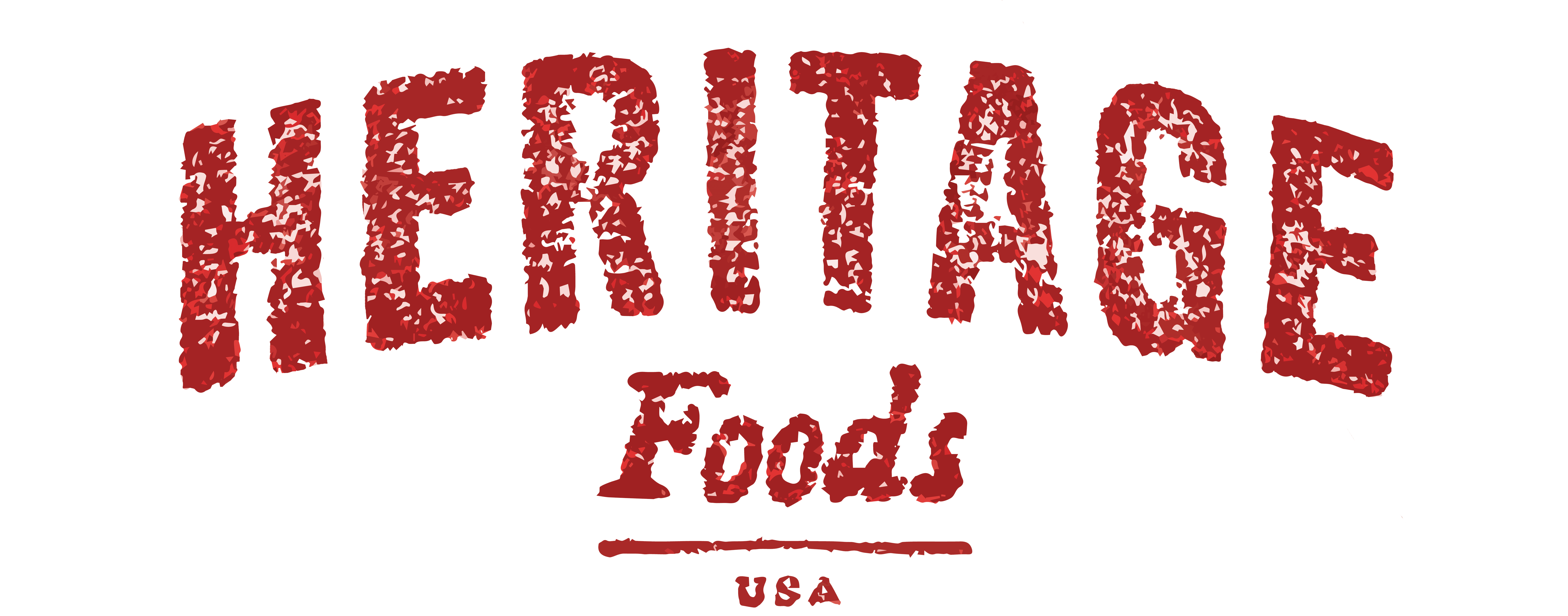
1/8 Cattle Shares
When dealing with the buying and selling of whole animals there are really just two approaches that make sense on the small and medium scale.
One is to grind the entire animal. This is efficient, effective and in a large part, the wave of the future. When burger meat is the goal, an entire animal is able to become one product. This is far easier for the farmer and for the processor as they now only have to worry about selling one product. If more animals are ground and sold, more small ranchers and farmers will be able to raise more livestock. If these are good, clean and fair animals, raised with care, than the world will become a better and tastier place.
But the nose-to-tail movement is growing in butcher shops, restaurants and homes around the country. While everyone used to eat this way, the advent of “convenient foods” and the popularization of Mega-Marts has driven our culture to lose the ability and forget how to utilize an entire animal. Today, professional chefs are leading the way with whole animal utilization, giving every cut the attention it deserves as a center-of-the plate star. The nose-to-tail movement is challenging. Many cuts demand different cooking techniques, but it can also be the most rewarding. Approaching cooking with a nose-to-tail philosophy allows us to save the tastiest cuts, like the ribeye, from an otherwise unavoidable date with an industrial sized grinder.
And while the middle meats are always invited to the table, what about hearts, feet and cheek? Chefs take pride in figuring out recipes for every cut, but home chefs have been slower to come to the table. Bringing in a whole, half or quarter or eighth animal can be an undertaking. After all, freezer space is not that easy to come by, especially if you live in a big city. And cutting up a carcass demands a strong hand and in most cases a band saw.
Luckily for you, Heritage Foods has already done the hard work with the help from our trusty butchers: every part of our whole, half, quarter or eighth animals come already cut. The challenge lies in getting the most out of every cut with the right recipe. This is a great excuse to try those cookbooks that have been gathering dust! Unless you have tried a large format purchase, you might not know that even an eighth cattle fits in almost any freezer. And while it’s a large investment up front it’s the most economical way of consuming meat — when you buy a whole animal, or a large part of one anyway, you always pay less per pound.
We have always thought it important that all chefs, whether in restaurants or in homes, should be able to buy the best proteins in pieces and we work hard every week to make this possible. But we also can not deny the pleasure in finding recipes that celebrate all the parts of the livestock species we have come to rely on to feed us. We hope you will experiment with your family and friends and consider bringing in an 1/8 cattle share, and see for yourselves the way folks have consumed meat for millennia before industrial farming and cryo!
